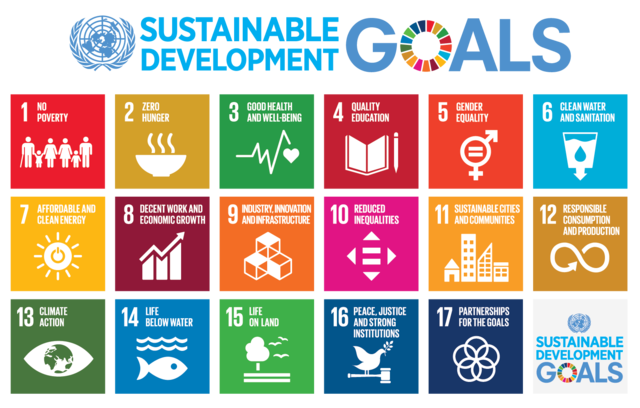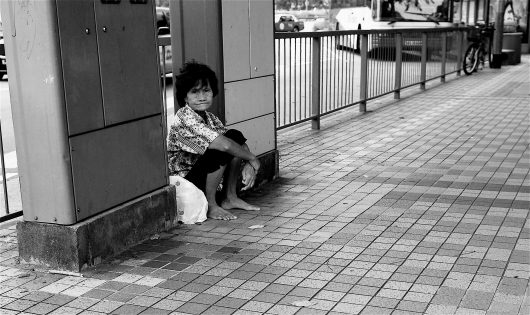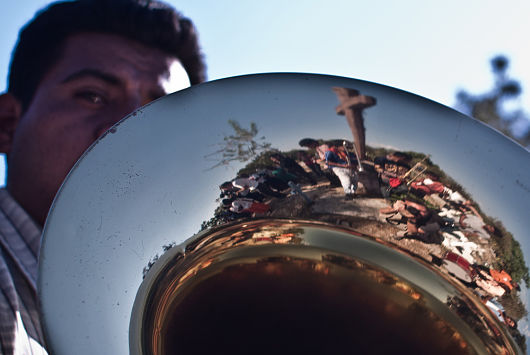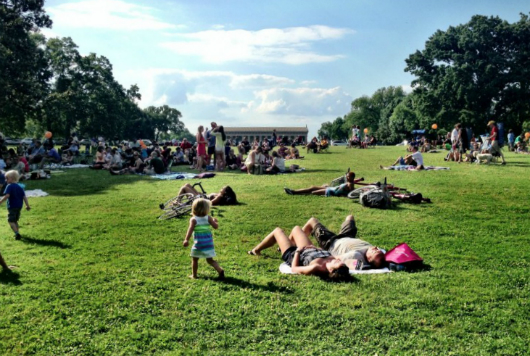 In Argentina, the COVID-19 pandemic and ensuing economic unrest has stalled efforts to close the inequality gap. Before the pandemic hit, Argentina was making progress on a series of Sustainable Development Goals (SDGs), which is a framework of global objectives created by the United Nations, designed as a “blueprint to achieve a better and more sustainable future for all” by 2030. The country was “well-positioned” compared to its Latin American counterparts, according to the Argentine Network for International Cooperation (RACI). The onset of COVID-19 has impacted updates on SDG Goal 10 in Argentina.
In Argentina, the COVID-19 pandemic and ensuing economic unrest has stalled efforts to close the inequality gap. Before the pandemic hit, Argentina was making progress on a series of Sustainable Development Goals (SDGs), which is a framework of global objectives created by the United Nations, designed as a “blueprint to achieve a better and more sustainable future for all” by 2030. The country was “well-positioned” compared to its Latin American counterparts, according to the Argentine Network for International Cooperation (RACI). The onset of COVID-19 has impacted updates on SDG Goal 10 in Argentina.
Achieving SDG 10: Reducing Inequality
Argentina had been struggling to achieve SDG 10, which focuses on reducing inequalities within a county’s population and among different countries around the world. To measure inequality, the SDGs use a scale of 0 to 100. The lower the score, the closer the country is to achieving economic equality. The goal is to achieve a ranking of 30 or lower by 2030. Before the COVID-19 pandemic, Argentina had a ranking of 51. The pandemic has siphoned resources out of the government and stalled updates on SDG Goal 10 in Argentina and other progressive reforms. On top of that, millions of Argentinians have lost their jobs and inequality is expanding as a result.
President Alberto Fernández
In December 2019, President Alberto Fernández won the presidential election over conservative incumbent, Mauricio Macri. President Fernández’s political style is that of his mentor, former president, Néstor Kirchner. However, “the COVID-19 pandemic might very well shatter the center-left president’s dreams of following in his mentor’s footsteps and bringing social progress and economic growth to Argentina,” writes Hugo Goeury.
Despite Fernandez’s progressive goals for his administration, reforms have all been put on the back burner since the arrival of COVID-19 in Argentina.
Poverty, Unemployment and the Wealth Gap
In the first half of 2020 alone, the poverty rate among Argentinians increased to almost 41%, the Americas Society/Council of the Americas reported, nearly a 5% increase from the previous year. The Central Bank is also predicting the GDP to contract by nearly 11%.
With almost a third of Argentine workers facing unemployment, President Fernandez is scrambling to financially support his unemployed constituents, while also negotiating the country’s debt owed to the International Monetary Fund (IMF).
According to the World Inequality Database, as of 2019, the top 10% wealthiest Argentinians controlled nearly 40% of the country’s income, while the bottom 50% only possessed 17.9% of the nation’s income.
Better Days Ahead for Argentina
Even though updates on SDG Goal 10 in Argentina seem especially challenging right now, Argentinians are still
pushing forward to make their country more equitable for everyone. The U.N. says, “In the post-pandemic world, Argentina must strengthen its productive apparatus and continue to eliminate inherited social inequities and those aggravated by COVID-19.”
– Laney Pope
Photo: Wikimedia Commons





